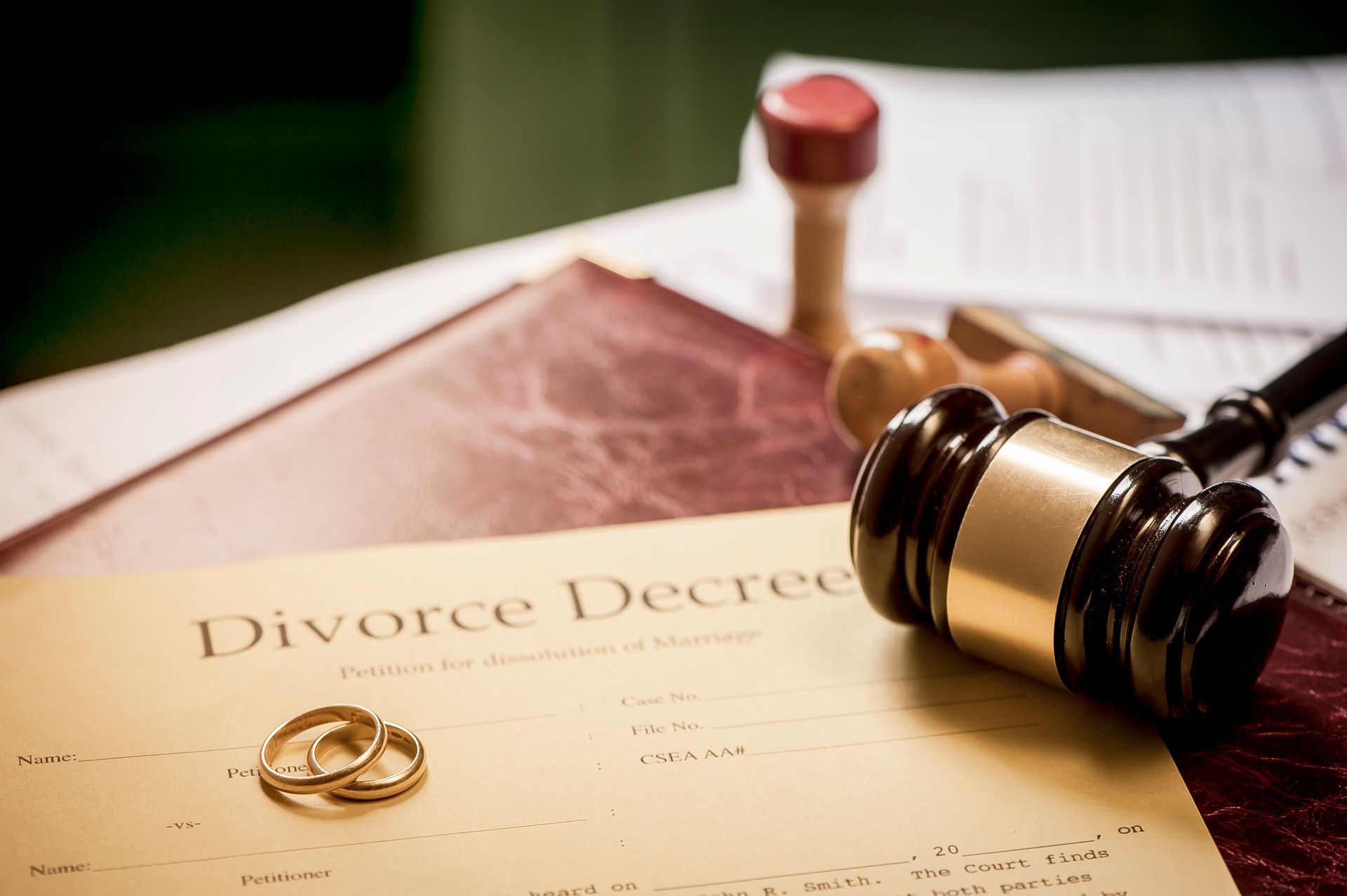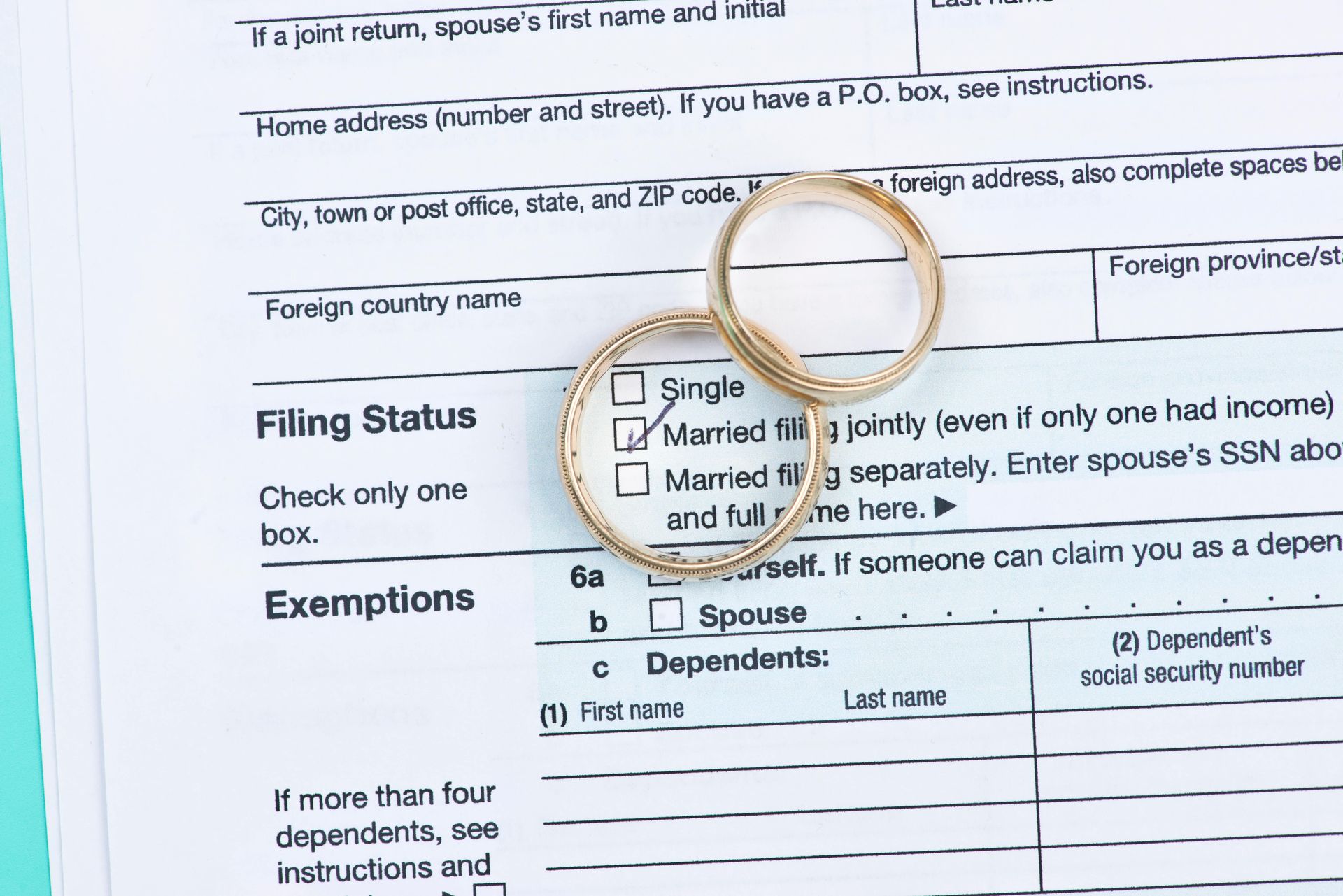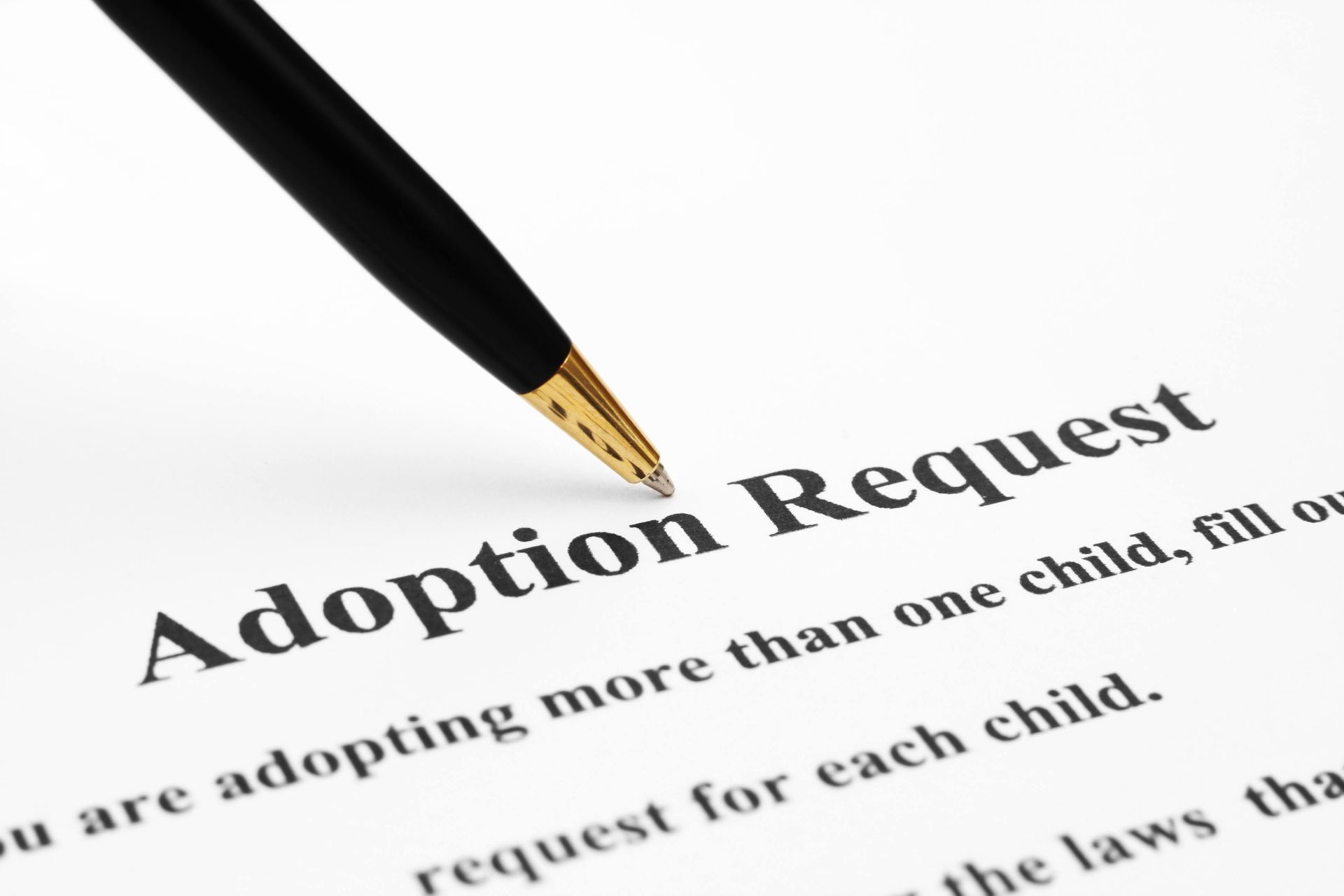Child Custody and Visitation in New York
What do you need to know about child custody and visitation in New York? Child custody and visitation issues are emotionally charged and challenging for all parties involved. When parents separate or divorce, ensuring the well-being of their children is a top concern. If you live in the state of New York and are navigating the divorce process, take a look at what you should know about child custody and visitation.
What Is Child Custody?
Child custody refers to the legal right and responsibility of parents to make decisions for their child's welfare and upbringing. But this doesn't mean that there is only one type or form of custody. Child custody includes legal custody, physical custody, sole custody, and joint custody.
Legal custody gives a parent the authority to make important decisions that could significantly affect the child. These include (but aren't limited to) the child's education, healthcare decisions, religious choices, and other similarly serious parts of the child's life. It's possible to have sole (one parent) or joint (both parents) legal custody of a child.
Physical custody differs from legal custody. This term refers to where the child lives and spends their time. Like legal custody, physical custody is either sole or joint.
What Is Child Custody in New York?
The state of New York follows these generally accepted definitions of legal and physical custody. The court makes decisions about child custody for minors under the age of 18. These decisions are made based on the best interest of the child—and not just what the parent wants to happen. The court will need to consider several factors before determining custody.
Even though the best interest of the child is the deciding factor, New York state courts do not have one universal definition of this term. Instead, the judge will consider the factors that affect the child's health and the child's safety.
Specific factors that may affect custody decisions include if one parent is the main caregiver, each party's parenting skills, the ability to handle special needs (if the child has special needs), work schedules, the parents' mental health, the parents' physical health, sibling relationships, the child's wishes (this depends on the age of the child in question), and the parents' ability to cooperate with each other, according to the New York Unified Court System.
What Is Visitation in New York?
Visitation, also known as parenting time or access, outlines the schedule and conditions under which the non-custodial parent can spend time with the child. The goal is to make sure that both parents maintain a meaningful relationship with their child—even if they do not have physical custody. In New York State, visitation and child custody are separate. But this doesn't mean that you will need two separate hearings to determine each one.
How Do You Get Child Custody and Visitation in New York?
To reduce stress during s divorce, hire legal representation. An attorney who specializes in child custody has the experience and knowledge to walk you through this process step by step. A local lawyer knows the court system and the paperwork to file and can help you understand the implications of a custody or visitation order. Your lawyer can also help you to make modifications to an existing order if needed.
How Can You Make This Process Easier?
Communication is one of the most crucial aspects of successful co-parenting and visitation. Effective communication between parents can help to reduce conflict and create a more stable or positive environment for the child. The willingness to prioritize the child's needs before your own wants can also make it easier to work out a successful custody and visitation agreement.
Do you need legal assistance with a child custody order? Contact the office of John D Wieser Esq for more information.









